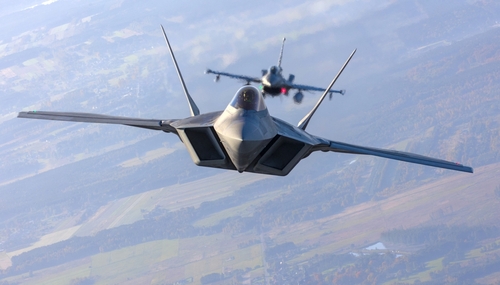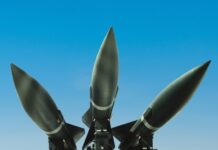
In a significant shift, the Netherlands has announced a major boost in its military capabilities, marking its most substantial investment in decades. In light of increased security threats, particularly from Russia following its invasion of Ukraine, the Dutch government will reconstitute a tank battalion, purchase additional F-35 fighter jets, and invest in anti-submarine warfare frigates. These efforts aim to enhance the country's combat readiness and meet NATO's growing demands for stronger land and air power.
As part of this defense overhaul, the Dutch government will inject an additional €2.4 billion (around $2.65 billion) annually into defense, bringing the total defense budget to €24 billion. This nearly doubles the spending from 2022, as the country looks to move beyond the "wars of choice" and prepare for direct conflicts, according to Defense Minister Ruben Brekelmans.
Netherlands to add tanks, F-35s, frigates amid warnings of war#netherlands #military #defense pic.twitter.com/jYLQULNgJb
— Military Times (@MilitaryTimes) September 11, 2024
One of the most notable moves is the recreation of a Dutch tank battalion, a force the country had scrapped in 2011 due to budget cuts. The Netherlands, which had previously leased 18 Leopard 2 tanks from Germany, is now expected to purchase up to 50 Leopard 2A8 tanks to enhance its heavy armor capabilities. The battalion will cost the government between €260 million and €315 million annually over a 15-year period, covering acquisition, maintenance, and personnel costs.
In the air, the Royal Netherlands Air Force will add six more F-35 fighter jets to its fleet, raising the total to 52. The additional aircraft are expected to provide more operational flexibility and increased firepower, ensuring sustained operations. These jets will play a critical role in ensuring Dutch airspace and NATO’s eastern borders remain secure against potential Russian aggression.
16,000 Palestinian children’s shoes were laid out in Rotterdam, Netherlands, to honor the children murdered by the Israeli military in Gaza.
🎥: VPalestine pic.twitter.com/bKpzUYBZh3
— Quds News Network (@QudsNen) September 8, 2024
The Royal Netherlands Navy will also see improvements, with the acquisition of two more anti-submarine warfare frigates. This comes after the government had already committed to two new frigates in 2022 to protect against underwater threats, particularly those aimed at critical infrastructure, such as subsea cables. These vessels are crucial for maintaining security in the increasingly vulnerable North Sea, where the Netherlands has significant offshore infrastructure.
The geopolitical climate in Europe, especially the Russian threat to NATO allies like Lithuania and Poland, has significantly influenced these defense decisions. The Netherlands' defense minister has emphasized that the nation must shift from meticulously planned missions to being constantly ready for large-scale conflict. This readiness, according to General Otto Eichelsheim, Chief of the Dutch Defense Staff, is vital for deterrence.
Moreover, the country is set to enshrine a commitment to spend at least 2% of its GDP on defense into law, aligning with NATO’s recommendations. The increased budget will not only enhance combat power but also support long-term logistics, intelligence, medical support, and supplies. As seen in Ukraine, sustaining a prolonged conflict requires deep reserves of ammunition, spare parts, and well-funded logistics.
Beyond military hardware, the Netherlands will invest about €1 billion to strengthen its domestic defense industry, aiming to increase the speed of equipment delivery and innovate for future conflicts. The government recognizes that deterrence is only effective if the armed forces can act swiftly and efficiently in a crisis.











